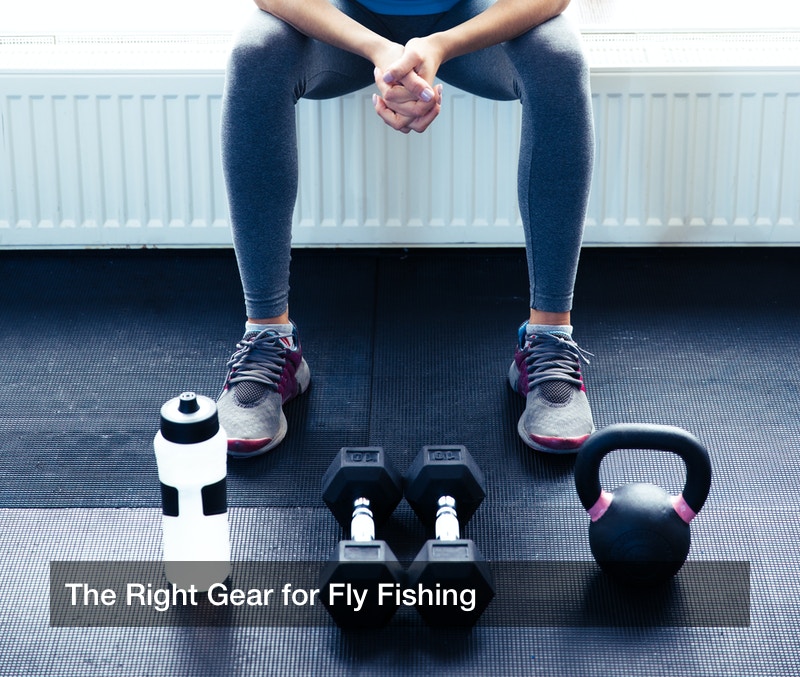
Fishing today can be either commercial, or recreational. For most Americans who love the outdoors, going fishing, such as fly fishing, is mainly for sport, and is regulated with the efforts of wildlife conservation departments. Today’s anglers can find anything they need for a fly fishing trip in outdoor supply retailers, such as fly rods, fly reels, fly fishing outfits, and more. Someone who is getting into fly fishing for the first time will definitely need to visit these outfitters to get everything ready, and store associates may be ready to help. What is there to know about the right gear for fly fishing? And how is fly fishing done, anyway?
Equipment
Someone who decides to launch a fly fishing hobby is urged to visit local outdoor supply retailers to get everything they need. There, they can consult the staff about fly fishing rods and reels, bait, tackle boxes, and more. Not only will a new angler need rods and reels, but they may also purchase the line and the artificial bait that is typically used for fly fishing. Such artificial bait is small and may have feathers on it to help imitate insects and thus attract fish. A new fly fisher will also need the right clothing for a fishing trip, such as boots. Unlike regular fishing, which is often done from a pier or a boat, a fly fisher will stand knee deep or even waist deep in a stream or creek while they are fishing. To avoid getting soaked, the angler will wear rubber, waterproof boots that are very tall, and may come up to the fisher’s waist to keep them dry and warm while fishing. That, and a fly fisher may also wear a vest that includes pockets for storing any items they need during their fishing trip. That angler may also want to wear a wide-brimmed hat to keep the sun off their skin, and they can also wear sunglasses to protect their eyes from glare that reflects off the water’s surface.
Going Fishing
Fly fishing differs from regular fishing in a few distinct ways. For one thing, as mentioned above, a fly fisher will stand knee deep to waist deep in the body of water they are fishing in, rather than standing on a pier or on the creek’s banks. Another important difference is that the bait will be smaller and lighter than the bait used in conventional fishing. Regular fishing lures are large and heavy enough to draw out the fishing line and land in the desired spot in the water; that is, the fisher is casting out the lure. It is different for fly fishing. In this case, the angler is casting the line itself, and that will deposit the lure and line where the angler wants them to go. It takes practice to do this correctly, but a new fly fisher may have someone teach it to them. The advantage of this method is that the lure and line will land lightly on the water, and thus not scare off the fish. If desired, real live bait, such as crickets, might be used.
A fly fisher may bring along a bucket filled with water for live capture, or they may simply practice “catch and release” fishing. If a fly fisher plans to keep some of the fish that they catch, they will need the correct permits, and they should bear in mind all local conservation laws. These wildlife conservation rules exist to help protect local breeding populations, and ensure that anglers are not catching too many fish that are the right age to reproduce. For each species, there may be limits on how many fish an angler may keep, and those fish must be at least a certain minimum size. Though if a fly fisher is simply performing “catch and release,” this is a moot point.
